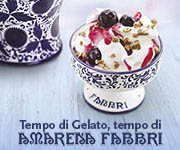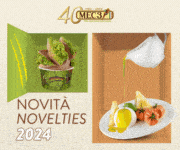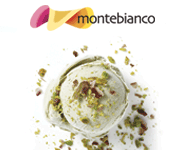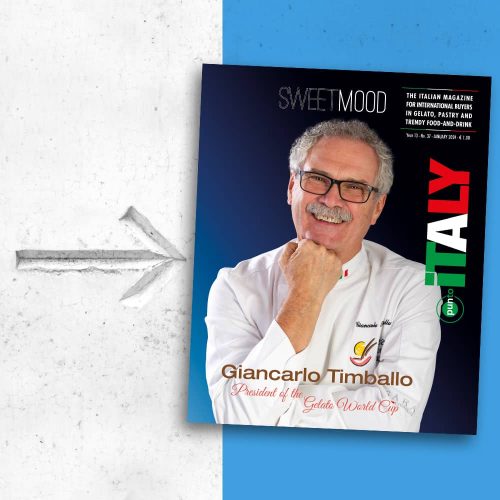A SLICE OF ITALIAN CULTURE
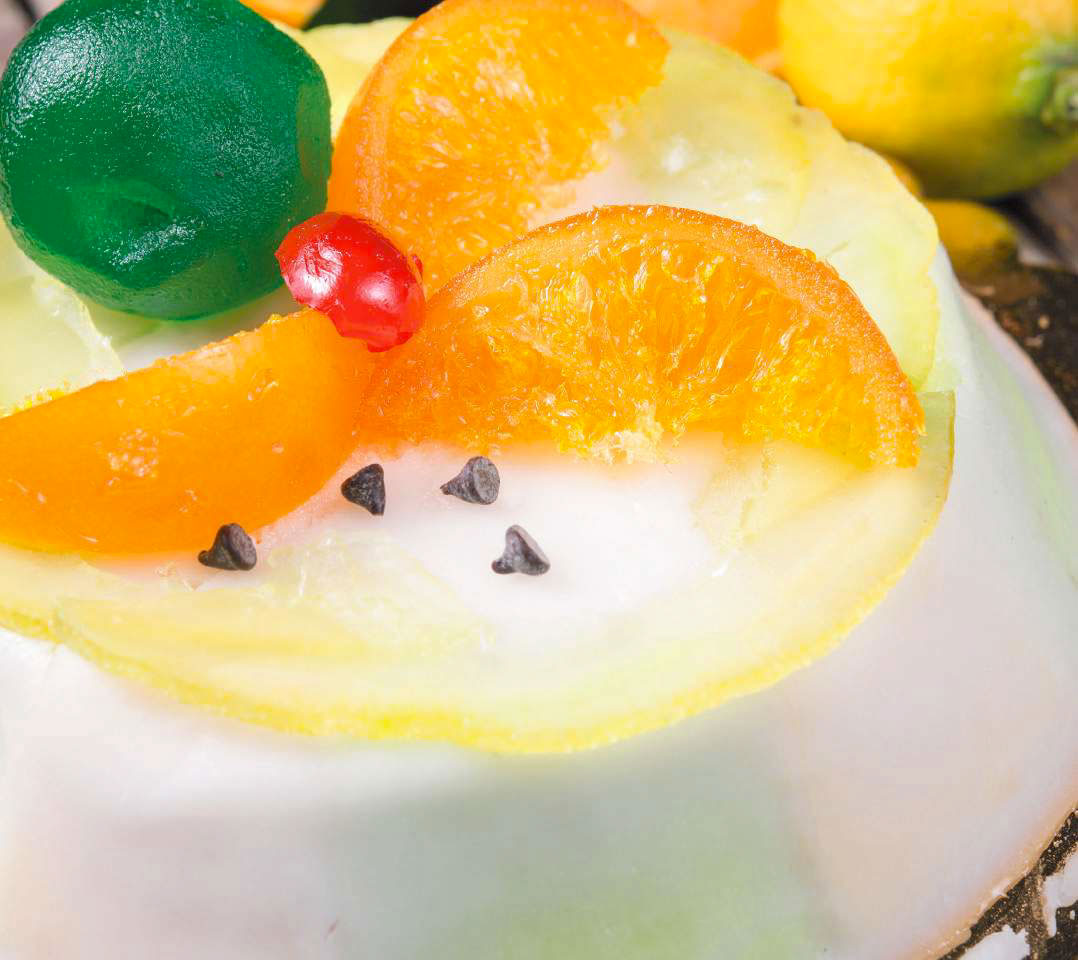
It has long been held that the Arabs laid the foundations for the construction of Sicilian culture. As a consequence the recipe for cassata dates back to the time of their dominion.
Too easy. The Arabs certainly contributed to the formation of Sicilian culture, but they were not the source of everything. Indeed, the formulation of today’s cassata recipe stems from the stratification of different “fragments” of popular confectionery traditions.
As the French historian Jacques Le Goffe taught, when paper documents are missing, all that remains is to search for information in diaries, paintings, and sermons. Once the material is collected, it is compared to the data related to socio-economic changes and then a theory is formulated.
Thus it turns out that a sweet similar to the cassata was already known before the arrival of the Arabs in Sicily; the ingredients were fresh cheese, probably tuma, and shortcrust pastry. Only later did the Arabs introduce sugar cane, citron, lemon, bitter orange, and mandarin. In the Norman period, around the end of 1100, the nuns in the convent of the Martorana of Palermo replaced the tuma with sheep’s ricotta and created almond paste, a sweet dough made of almond flour and sugar to replace the shortcrust pastry as the container. The baked cassata was then transformed into the cold version.
The Spaniards helped to enrich the recipe with sponge cake and chocolate. In the Baroque period, the richness of the stuccoes in architecture influenced the decoration of the cassata, which thus acquired many colours and flavours.
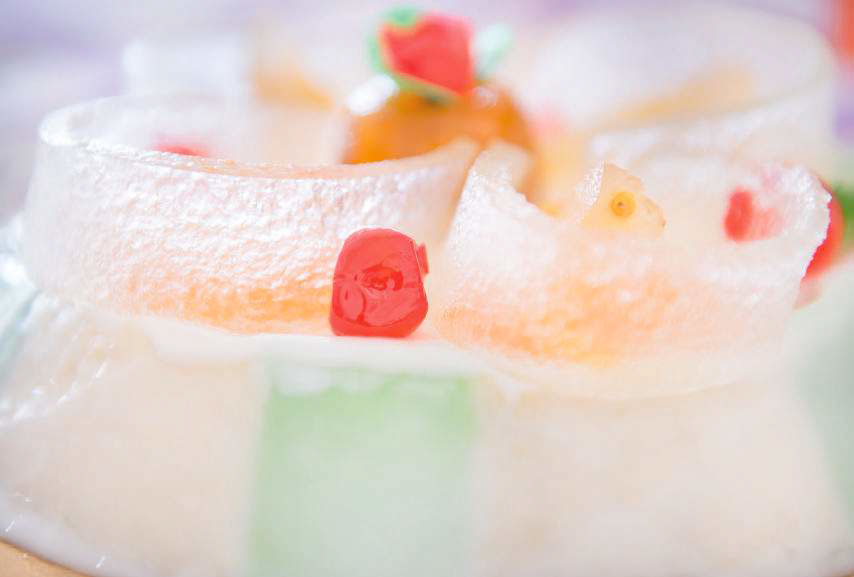
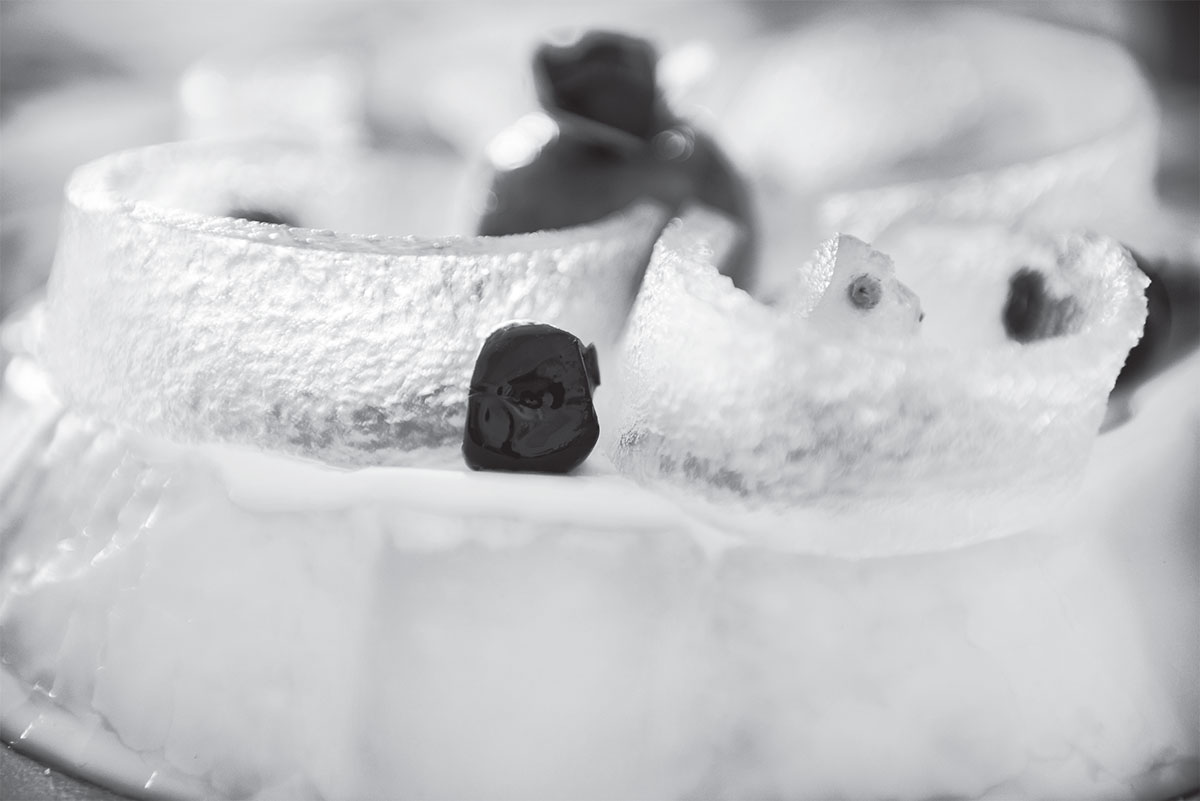
Tradition always wins
The Sicilian aristocracy organized rich banquets with food prepared according to the rules set by the great French cuisine of the 17th century.
All the Palermitan aristocrats had a French chef, the monsieur, which in the local dialect became “mons.”. An elegant choice to distinguish him from the ragged scullery maids and boys that animated the kitchen. Despite their professed love for the dishes of continental Europe, the Sicilian nobles continued to prefer the products of their own lands. When there were no guests around they would return to a more robust cuisine with bolder flavours, asking the “mons.” to also prepare some cassata. The old recipes were revived, experiments were performed to try to solve the problem of conservation. But it was useless, it remained a dessert to be consumed immediately.
How to make “zuccata”
Typically the long type of squash is used, shaped like a trumpet (“Cucuzzuni” or “Cocuzza Baffa”), cut into small pieces.
Elongated and cylindrical, it is heavy and grows very large.
Immersion in brine and fresh water is alternated for three days.
Then the pieces are rinsed in running water and, after being dried in the sun, are soaked in a hot sugar syrup.
Remove from the syrup and leave to dry at room temperature.
The same procedure is used for fruit, which must be of good quality and sometimes without the rind.
After being washed in running water, place it directly in the syrup.
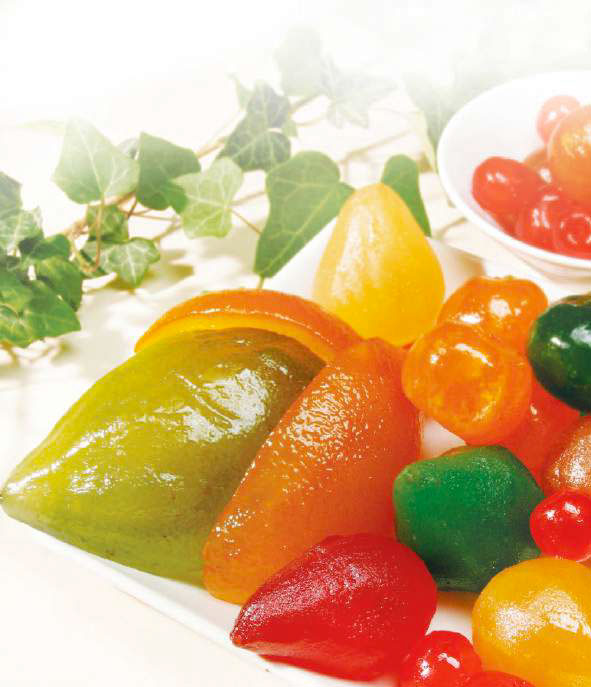
Humility and opulence
The success of the cassata is due both to its goodness and its appearance. Its sumptuousness conceals the humility of ricotta, once consumed only by farmers and shepherds.
The Sicilian dessert par excellence manages to perform a miracle. As in the tale by Charles Perrault, the poor ricotta, “confined within a carriage of marzipan and genoise, adorned with candied fruit and royal icing”, in the mouth transforms into a delicious treat, recalling opulent voluptuousness and artistic forms. Traces of the “art d.co” style can be found in the most beautiful cassatas.
The dessert seeks the perfect shape, recalling ancient magical symbols. The decorations, whose colours stand out on the white layer of the icing, are made with candied fruit – preferably mandarins, pears, figs – zuccata ribbons, cherries, and oranges, coloured wafer paper flowers and silvery candies.
The fruit should be finished with sugar glaze and the cake includes sugar lacing on the edges.
The cassata can be transformed into a summer version with cream gelato, filled with sponge cake, pieces of candied fruit and chocolate chips; the summer version of cassata is very popular in Palermo and northern Italy. It’s called “Bbumma” or “Cassarulata” in Palermo because it’s prepared in a dome-shaped casserole.
For Easter
“Tintu è cu nun mancia a cassata a matina ri Pasqua” (wretched is he who does not eat cassata on Easter morn). Sicilian cassata is a “bit of sugar” that the nuns gave to the poor at Easter. In a document of the first synod of Sicilian bishops in Mazzara del Vallo in 1575, it was declared that cassata was an essential treat for the holidays.
It was a very serious “sin” not to eat it! Today, however, it’s enjoyed all year round.
A sweet that’s too sweet?
Sweet, too sweet, the usual debate. The cassata is naturally sweet due to its origins, dating back to a period when sugar was used as a natural preservative. By capturing the water, it dehydrated the food, thus creating a habitat that’s unsuitable for the proliferation of bacteria. Paraphrasing the Argentine writer Borges, the sweetness “is a necessary evil”.
No longer a problem
The problem of shelf life was solved by a pastry chef, the Knight Salvatore Gul., whose pastry and candy shop was in Corso Vittorio Emanuele, near Palazzo Belmonte in Palermo. Here he perfected the “zuccata” or “cucuzzata”, once prepared by the Badia del Cancelliere nuns in Palermo. Zuccata was an ingredient used in many Sicilian sweets, made from a trumpet-shaped squash, the “virmiciddara”.
The pastry chef used it to decorate the Sicilian cassata, to which he added the candied fruit. The sweet element helped increase the shelf life. The cake was presented with this new look in 1873 at an exhibition in Vienna. And from there it became the most famous Sicilian dessert in the world.
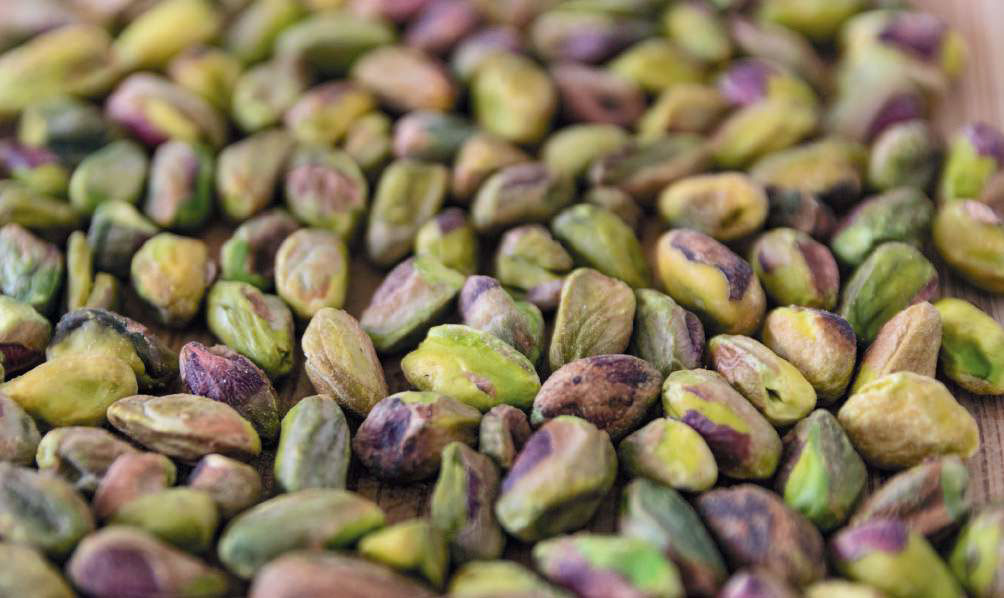
Secrets for perfection
- The almond paste uses quality pistachios to obtain the green colour, an absolute must.
- For candied fruit, squash with “channels” should be used for a softer candying.
- Tradition calls for the use of sheep’s ricotta, but few still use it, only a few pastry chefs located inland. Today people prefer mixed ricotta.
- If you opt for a ready-made ricotta cream, you should choose a homogeneous choice. To make it by hand, the ricotta cheese must be placed under sugar for a full day and then creamed.
- It’s best to use a cassata mould made by coppersmiths. It has the shape of a maxi tart and along the edge there are inlays and grooves. For restaurants a rectangular mould is also acceptable, to facilitate cutting and thus preserve the look.
Recent Blog Posts
 Medac and AIFA: Hip hip hooray for Charles!
Medac and AIFA: Hip hip hooray for Charles! Sigep 2024 - Carpigiani’s special events with a look at the “green” future of Gelato and pastry
Sigep 2024 - Carpigiani’s special events with a look at the “green” future of Gelato and pastry Maurizio Manzi, as Ambassador for AIG, at the Melbourne Italian Festa
Maurizio Manzi, as Ambassador for AIG, at the Melbourne Italian Festa Medac awarded with the EcoVadis gold medal
Medac awarded with the EcoVadis gold medal MIG Longarone and SIRHA Budapest: a new dynamic space for italian gelato
MIG Longarone and SIRHA Budapest: a new dynamic space for italian gelato Medac supports Alice Italian Food Academy
Medac supports Alice Italian Food Academy The Gelatissimo 2024 online ticket office is officially open.
The Gelatissimo 2024 online ticket office is officially open. Casa Optima Group looks for two exclusive agents
Casa Optima Group looks for two exclusive agents Gelatissimo 2024: here the first information
Gelatissimo 2024: here the first information Ci Gusta opens a new store into the “Il Mercato Eat&Meet” in Reggio Emilia
Ci Gusta opens a new store into the “Il Mercato Eat&Meet” in Reggio Emilia



